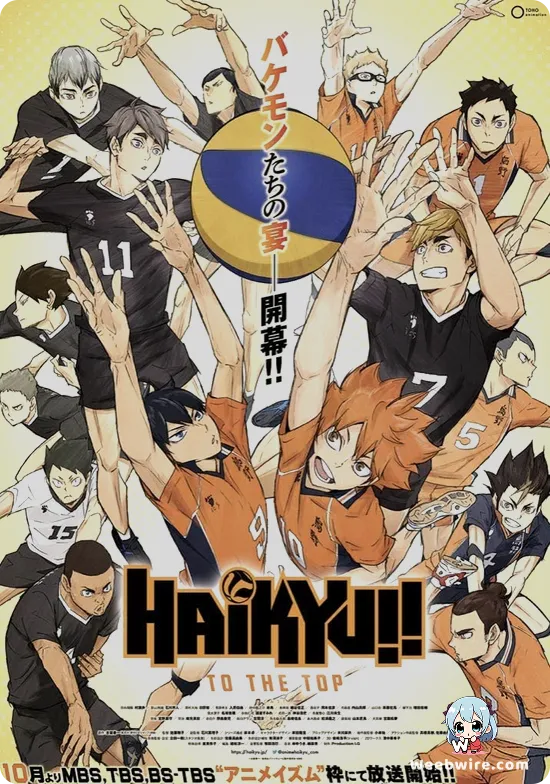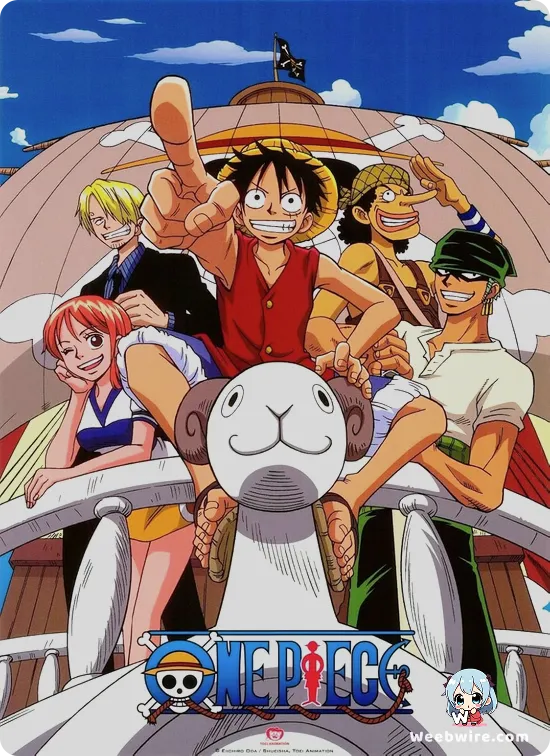Princess Jellyfish: Unpacking the Enduring Appeal of a Josei Masterpiece

Embark on a captivating journey into the world of Akiko Higashimura's acclaimed josei series, Princess Jellyfish (Kuragehime). This anime continues to enthrall audiences with its unique blend of eccentric humor, heartfelt character development, and sharp social commentary. While many are familiar with its premise, following socially anxious jellyfish enthusiast Tsukimi Kurashita and her equally reclusive housemates, the 'Amars,' whose lives are dramatically altered by the stylish cross-dresser Kuranosuke Koibuchi, a deeper dive unveils numerous delightful facts and insights into the genius behind this Brain's Base adaptation.
The Personal Roots of Amamizukan
Princess Jellyfish boasts deeply personal roots. Creator Akiko Higashimura drew significant inspiration from her own experiences living in a women-only apartment complex during her early manga career. This direct connection imbues the Amars, each a passionate otaku with niche interests from trains to traditional dolls, with undeniable authenticity. Their quirks, intense social anxieties, and fierce loyalty to their sanctuary, Amamizukan, feel genuinely lived-in, making their struggles resonate profoundly. The name 'Amars' itself is a clever play on 'ama' (nun) and 'Amamizukan,' reflecting their cloistered existence.
Kuranosuke: A Catalyst for Change
Kuranosuke Koibuchi, the series' dynamic catalyst, is far more than a comedic figure. His cross-dressing serves as a powerful statement on personal freedom and defiance against societal norms, a profound form of self-expression he passionately embraces, often to his politically ambitious family's dismay. Kuranosuke's fluid ability to navigate male and female personas, coupled with his genuine desire to help the Amars emerge from their shells, positions him as a complex and pivotal character. He challenges their rigid worldview, pushing them to confront the outside world and their insecurities, fostering unexpected growth.
Tsukimi's Jellyfish Metaphor
Tsukimi's unwavering obsession with jellyfish forms a foundational element, acting as a beautiful metaphor throughout the series. Her deep knowledge of various jellyfish species, their delicate beauty, and sometimes dangerous nature mirrors her own fragile yet resilient personality. Jellyfish become a recurring visual motif, symbolizing beauty, vulnerability, and the characters' often-hidden depths. Tsukimi's ability to see profound beauty in these overlooked creatures reflects Kuranosuke's efforts to help the Amars recognize their inherent beauty, irrespective of societal standards.

Brain's Base: Masterful Animation
Brain's Base, the animation studio, masterfully translated Higashimura's distinctive art style. The anime brilliantly captures the visual contrast between the Amars' often disheveled appearances and Kuranosuke's flamboyant ensembles. Comedic exaggerations, particularly during the Amars' panic attacks or Tsukimi's jellyfish-induced reveries, are rendered with fluid, expressive animation that amplifies both humor and emotional beats. Shifting color palettes, from drab to vibrant, effectively convey moods and the transformative power of fashion.
Themes of Self-Acceptance and Breaking Stereotypes
At its core, Princess Jellyfish champions self-acceptance and stereotype-breaking. The Amars, initially content in their isolation, are gradually compelled to engage with the world beyond Amamizukan. Kuranosuke's influence helps them recognize their worth and challenges their preconceived notions about beauty, gender roles, and societal expectations. The series expertly deconstructs otaku stereotypes, portraying them as multifaceted individuals deserving of connection and respect. It delivers a potent message about finding confidence, defining beauty on one's own terms, and the liberating power of authentic self-expression, making it a standout in the josei genre, which explores nuanced, realistic themes for adult women.
Beyond the Anime: The Manga's Full Scope
While the anime adaptation is widely celebrated, it covers only a portion of Akiko Higashimura's extensive manga. The original manga continued for many more volumes, delving deeper into evolving relationships, the struggle to save Amamizukan from redevelopment, and the broader implications of their fashion world journey. Fans often seek out the manga for the full breadth of Higashimura's storytelling, including intricate romantic subplots and comprehensive character arcs that unfold over a longer narrative, providing greater depth to the Amars' and Kuranosuke's transformations.
The Enduring 'No Men Allowed' Rule
The infamous 'no men allowed' rule at Amamizukan is a fundamental pillar of the Amars' existence, providing both security and endless comedic scenarios. This strict edict, rigorously enforced by the formidable landlady Chieko, establishes a safe haven for women alienated by mainstream society. Kuranosuke's secret presence, initially disguised as a woman, constantly jeopardizes this sanctuary, leading to hilarious near-discoveries and elaborate cover-ups. This rule underscores the Amars' vulnerability and their profound desire for a space free from external pressures, making Kuranosuke's eventual acceptance, under specific conditions, all the more significant.
Cultural Impact and Legacy
The enduring popularity of Princess Jellyfish is evident in its continued cultural impact. Beyond the anime, the series inspired a live-action film (2014) and a live-action television drama (2018). These multiple adaptations across different media platforms speak volumes about the universal appeal of its characters and themes. While each offers a unique interpretation, the fact that Higashimura's work has resonated so strongly highlights its timeless message about finding belonging, embracing one's true self, and navigating modern complexities, even from within a jellyfish-filled apartment building.
Credits
Princess Jellyfish
Author
Akiko Higashimura
Cover Art
Akiko Higashimura
Studio
Brain's Base
Publisher
Kodansha
Producers





